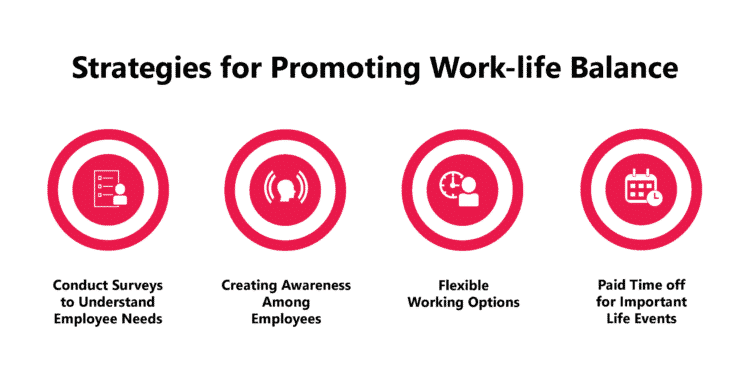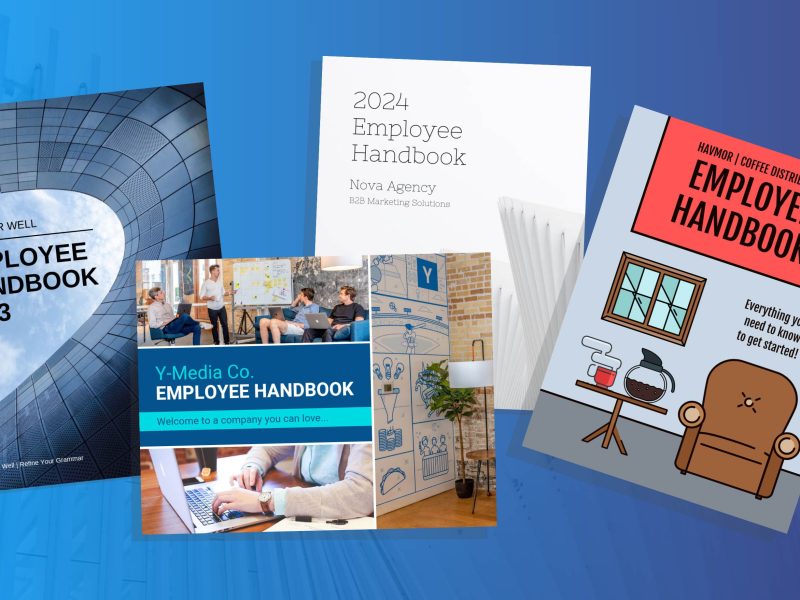In today’s fast-paced and technology-driven world, employees often find themselves struggling to maintain a healthy work-life balance. The demands of their jobs can easily spill over into their personal lives, leaving them feeling overwhelmed and burnt out. This is why it’s crucial for employers to prioritize work-life integration to ensure the well-being of their employees.
The Importance of Work-Life Integration
Work-life integration goes beyond simply separating work and personal life. It’s about finding a balance that allows employees to prioritize their well-being while also being productive at work. When employees feel supported in achieving this balance, they are more likely to feel satisfied with their jobs and perform better.
Research has shown that employees who have a good work-life balance are happier, healthier, and more engaged at work. They are also less likely to experience burnout and are more productive in their roles. By promoting work-life integration, employers can create a positive work environment that benefits both the employees and the company as a whole.
Strategies for Balancing Work-Life Integration
There are several strategies that employers can implement to help employees achieve a better work-life balance:
Flexible Work Arrangements
Offering flexible work arrangements, such as remote work or flexible hours, can help employees better manage their work and personal responsibilities. This allows them to work when they are most productive and adjust their schedules to accommodate personal commitments.
Encourage Time Off
Encouraging employees to take time off for vacations and personal days is essential for their well-being. Time off allows employees to recharge and relax, which can prevent burnout and increase job satisfaction.
Promote Work-Life Boundaries
Set clear boundaries between work and personal time to help employees disconnect and recharge. Encourage employees to avoid checking emails or taking work calls outside of working hours to prevent work from spilling over into their personal lives.
Provide Support Services
Offering support services, such as employee assistance programs or mental health resources, can help employees cope with stress and personal challenges. Providing access to these services can improve employee well-being and overall job satisfaction.
Creating a Culture of Work-Life Integration
Employers play a crucial role in creating a culture that supports work-life integration. By promoting a healthy work-life balance and prioritizing employee well-being, employers can create a positive work environment where employees can thrive.
Managers and leaders should lead by example by prioritizing their own work-life balance and encouraging their teams to do the same. By setting clear expectations and promoting a culture of work-life integration, employers can create a supportive environment where employees feel valued and respected.
Conclusion
Work-life integration is essential for the well-being of employees in the tech industry. Employers should prioritize creating a supportive work environment that promotes a healthy work-life balance. By implementing strategies to help employees achieve this balance and creating a culture that supports work-life integration, employers can improve employee well-being and job satisfaction.
Remember, a happy and well-balanced employee is a productive employee.


